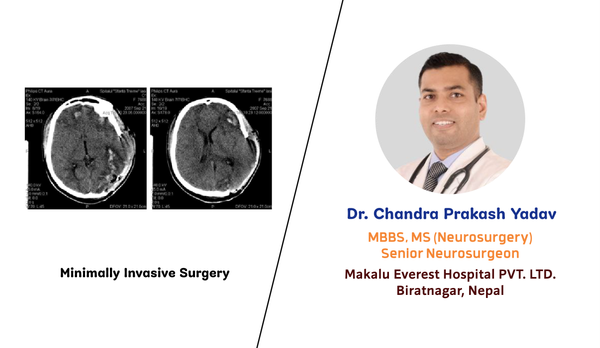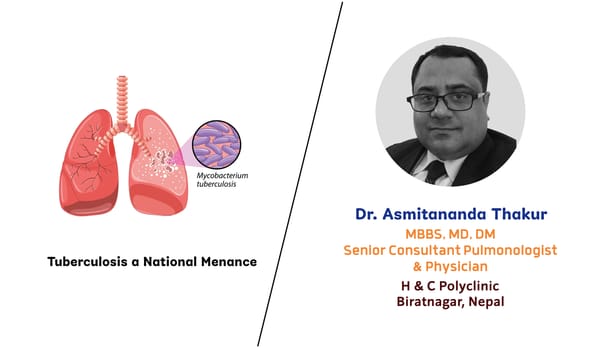What is Acute Appendicitis ?
Acute appendicitis is a common and potentially serious medical condition characterized by inflammation of the appendix—a small, finger-like pouch located at the junction of the small and large intestines. This condition requires prompt medical attention due to the risk of complications, including a ruptured appendix, which can lead to severe infection and other serious health issues. In this article, we'll explore the symptoms, diagnosis, and treatment of acute appendicitis.
Causes of Acute Appendicitis
The exact cause of appendicitis is often a blockage within the appendix. This blockage can be due to:
- Fecal matter
- Enlarged lymphoid follicles
- Intestinal worms
- Tumors
When the appendix becomes blocked, bacteria can multiply inside, causing inflammation, increased pressure, and restricted blood flow. This can eventually lead to tissue damage and perforation (bursting) of the appendix if not treated promptly.
Symptoms of Acute Appendicitis
Recognizing the signs and symptoms of acute appendicitis is crucial for seeking timely medical care. Common symptoms include:
- Abdominal Pain: The most prominent symptom is sudden-onset pain that typically starts around the belly button and then shifts to the lower right side of the abdomen. This pain often becomes sharper and more severe over time.
- Nausea and Vomiting: Many individuals with appendicitis experience nausea, sometimes accompanied by vomiting.
- Loss of Appetite: A sudden loss of interest in eating or a complete loss of appetite can occur.
- Fever: A low-grade fever is common with appendicitis, indicating an inflammatory response in the body.
- Abdominal Tenderness: The abdomen may feel tender to the touch, especially in the lower right quadrant.
- Inability to Pass Gas: Bowel movements may be disrupted, leading to difficulty passing gas or having a bowel movement.
It's important to note that not everyone with appendicitis will experience all of these symptoms, and the presentation can vary from person to person.
Diagnosis of Acute Appendicitis
Diagnosing acute appendicitis typically involves a combination of medical history, physical examination, and diagnostic tests. During the physical exam, a healthcare provider may assess the abdomen for tenderness, rigidity, and rebound tenderness (pain when pressure is released after palpation).
Diagnostic tests that may be used to confirm appendicitis include:
- Blood Tests: Elevated white blood cell count (leukocytosis) is a common finding in appendicitis, indicating an inflammatory response.
- Imaging Studies: Ultrasound and computed tomography (CT) scans can provide detailed images of the appendix and surrounding structures to help confirm the diagnosis.
Treatment of Acute Appendicitis
The standard treatment for acute appendicitis is surgical removal of the appendix, known as an appendectomy. This procedure can be performed using two main techniques:
- Laparoscopic Appendectomy: This minimally invasive approach involves making several small incisions through which specialized instruments and a camera (laparoscope) are inserted to remove the appendix.
- Open Appendectomy: In some cases, particularly if the appendix has ruptured or if laparoscopic surgery is not feasible, an open appendectomy may be performed through a larger abdominal incision.
The choice of surgical approach depends on factors such as the severity of the appendicitis, the patient's overall health, and the surgeon's expertise.
Final Thoughts
Acute appendicitis is a medical emergency that requires immediate attention. If you or someone you know experiences symptoms suggestive of appendicitis—particularly sudden, severe abdominal pain—seek medical help promptly. Early diagnosis and treatment are essential for a successful recovery and to minimize the risk of complications associated with this condition.
Stay informed about your health, and don't hesitate to consult a healthcare professional if you have concerns or questions about appendicitis or any other medical condition. Your well-being is paramount, and timely intervention can make a significant difference in your outcome.




